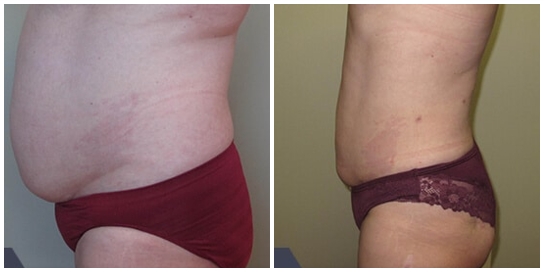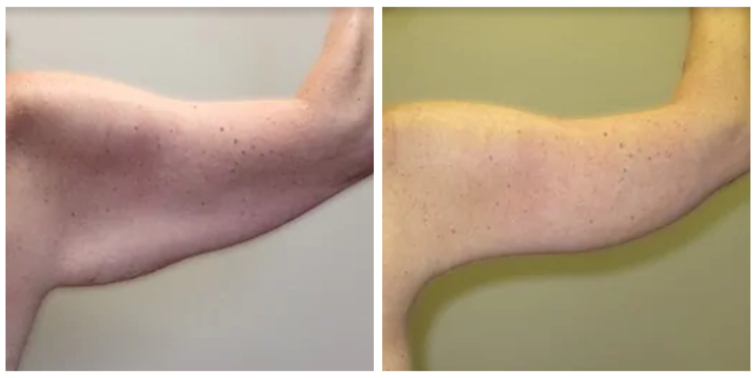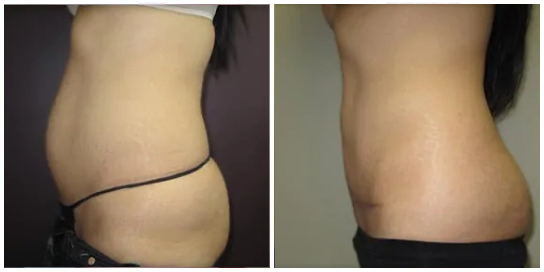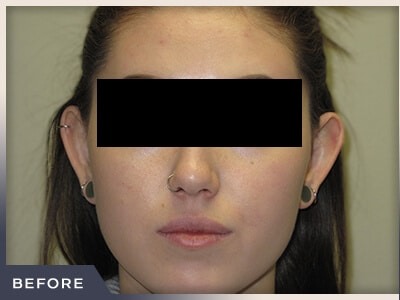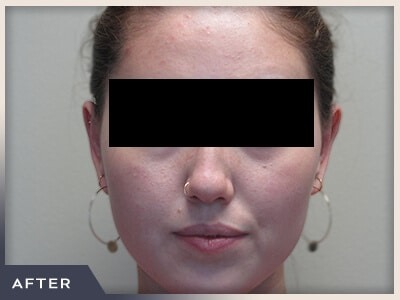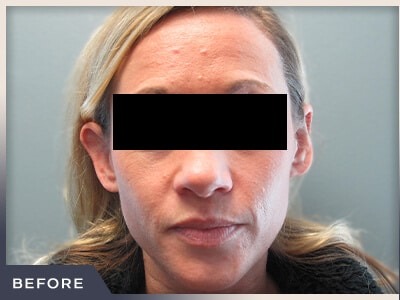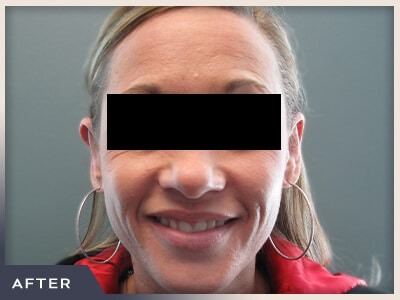Otoplasty
Conveniently located to serve the areas of Boulder, CO
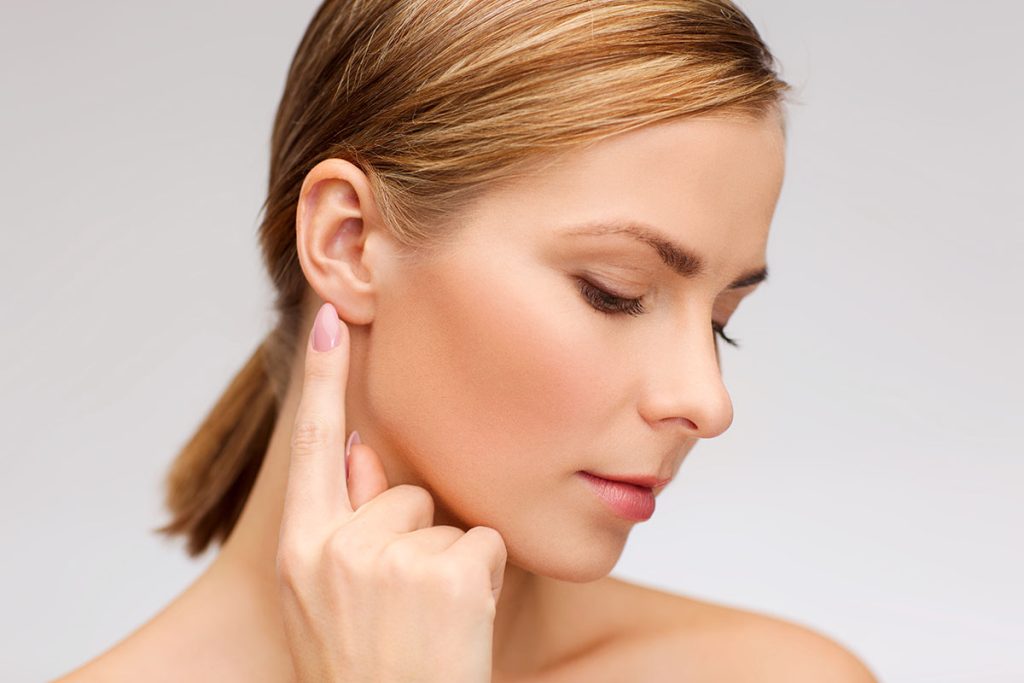
Also known as otoplasty, this surgical procedure is used to reduce large or protruding ears. This procedure sets the ears back closer to the head and may involve molding, shaping or removing cartilage in order to pull the ears in and reduce the protrusion. Ear reduction surgery will not affect your hearing since it involves only the outer ear, not the middle or inner ear where hearing takes place.
Contents
Before and After Photos
Who is a Good Candidate for Otoplasty?
Candidates must be in good health, have no active diseases or serious, pre-existing medical conditions, and must have realistic expectations of the outcome of the surgery. Otoplasty can be performed at any age after the ears have reached (or nearly reached) their adult size. This usually occurs at around 5 to 6 years of age. Ear reduction surgery is most frequently performed on children between the ages of 4 and 14. Most procedures are performed for aesthetic reasons and to help children better adapt and blend in with their peers. In many cases, children with large ears suffer from ridicule, adapt poorly to school, and feel extremely self-conscious. Adults may be candidates for this operation as well. Dr. Roesner will be able to determine whether or not you are a good candidate during a consultation.
NOTE: You may not be a candidate for surgery if you smoke, have recently quit smoking, or if you are exposed to second-hand smoke. Primary and secondary smoking decreases blood flow to the body’s tissues. This can result in prolonged wound healing, skin loss, infection, increased scarring, and a number of other complications depending on the kind of procedure performed. Click here for more information related to smoking.
How is the Procedure Performed?
An incision is made behind the ear, where the ear is joined to the head. The surgeon then removes as much of the cartilage and skin as needed to achieve the desired effect. The surgeon may trim the cartilage, reshaping it and then pinning it back with sutures to secure the cartilage. In other instances, the surgeon will not remove any cartilage at all, but may simply use stitches to reshape the cartilage. Incisions and the resulting scars are well concealed on the back of the ear.
Where Your Surgery Will Be Performed
The majority of these procedures are completed on an out-patient basis. Dr. Roesner has surgical privileges at North Suburban Medical Center, Rose Medical Center as well as St. Anthony Hospital.
Types of Anesthesia
General anesthetic is used so that you will sleep and remain comfortable throughout the procedure. Local anesthesia with intravenous sedation is also an option for some patients.
After Your Surgery
It is very important that you follow post-operative instructions. This will promote healing and improve progress towards your new physical appearance. Also, it is important that you attend all scheduled follow-up appointments so that your surgeon can assess your long-term results and answer any questions or concerns you may have.
Ear Reduction Surgery Post-operative Instructions
- Have someone drive you home after surgery and help you at home for 1-2 days.
- Get plenty of rest.
- Follow balanced diet.
- Decreased activity may promote constipation, so you may want to add more raw fruit to your diet, and be sure to increase fluid intake.
- Take pain medication as prescribed. Do not take aspirin or any products containing aspirin.
- Do not drink alcohol when taking pain medications.
- Even when not taking pain medications, no alcohol for 3 weeks as it causes fluid retention.
- If you are taking vitamins with iron, resume these as tolerated.
- Do not smoke, as smoking delays healing and increases the risk of complications.
Activities
- Usually, you will be up and around a few hours after surgery.
- Start walking as soon as possible, as this helps to reduce swelling and lowers the chance of blood clots.
- Do not drive until you are no longer taking any pain medications (narcotics).
- Children can go back to school after 7 days, if they are careful about playground activity.
- Adults can go back to work approximately 5 days after surgery, depending upon the occupation.
- You may resume full social activities in 5-10 days.
- Avoid any activity in which the ear might be bent for approximately a month.
- You may resume strenuous activity and contact sports in 1-2 months.
Incision Care
- You may shower 48 hours after removal of the drainage tubes.
- Avoid exposing scars to sun for at least 12 months.
- Always use a strong sunblock, if sun exposure is unavoidable (SPF 30 or greater).
- Keep steri-strips on; replace if they come off.
- Keep incisions clean and inspect daily for signs of infection.
- Wear turban-style dressings and bandages for 3-4 days. After that, wear a clean headband at night for 3-6 weeks.
- You may shampoo your hair in 5 days, or as advised by your doctor.
What To Expect
- Temporary throbbing, aching, swelling, redness and numbness.
- Large pressure dressings and bandages are applied around the ears and head, turban style.
- Some swelling and bruising may last 10-14 days.
- Some numbness may exist around the operative areas.
- Tenderness could last up to 3 months.
Appearance
- Usually, there will be a faint scar in the back of the ear that will eventually fade.
- Do not expect both ears to match perfectly, as perfect symmetry is unlikely and unnatural in ears.
Follow-up Care
- All sutures are removed, or will dissolve, in 1-2 weeks.
When To Call
- If you have increased swelling or bruising.
- If swelling and redness persist after a few days.
- If you have increased redness along the incision.
- If you have severe or increased pain not relieved by medication.
- If you have any side effects to medications; such as, rash, nausea, headache, vomiting.
- If you have an oral temperature over 100.4 degrees.
- If you have any yellowish or greenish drainage from the incisions or notice a foul odor.
- If you have bleeding from the incisions that is difficult to control with light pressure.
- If you have loss of feeling or motion.
- If a blood clot forms on the ear.
Schedule your Appointment
And Meet Directly With Dr. Roesner to Discuss a Treatment plan to meet your Aesthetic and Skincare Goals.
Schedule AppointmentConsult fee is $100 – which will be applied to the cost of the procedure
(If scheduled within 90 days).
